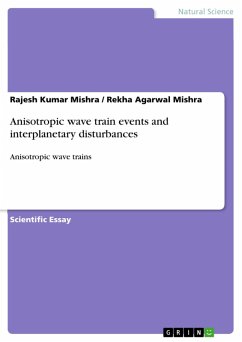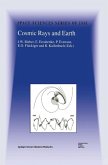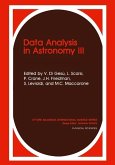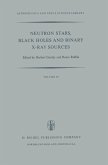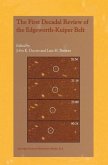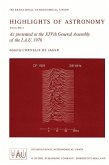Scientific Study from the year 2024 in the subject Physics - Astronomy, , language: English, abstract: This study investigates the phenomenon of Low Amplitude Anisotropic Wave Train Events (LAWEs) in cosmic ray intensity using data from the ground-based Deep River neutron monitor for the period 1991-94. The analysis reveals that the amplitude of diurnal anisotropy during LAWE events consistently remains low and statistically constant compared to the quiet day annual average amplitude for the majority of events. Furthermore, the timing of the maximum diurnal anisotropy for LAWE events shifts significantly towards earlier hours, aligning with the co-rotational direction and remaining consistent with the direction of quiet day annual average anisotropy for most events. Conversely, the amplitude of semi/tri-diurnal anisotropy remains statistically high and unchanged. However, the phase shift occurs towards later hours compared to the quiet day annual average values for the majority of LAWEs. Analysis of diurnal anisotropy vectors reveals a shift towards earlier hours in 50% of events and a shift towards later hours in the remaining 50%, relative to the average vector for the entire period. Additionally, it is observed that the amplitude of these vectors significantly increases with the shift towards later hours. The study suggests that high-speed solar wind streams do not play a significant role in causing LAWE events on a short-term basis, but they may contribute to these events on a long-term basis. The occurrence of LAWE is found to be dominant when the polarity of Bx and Bz remains positive, and the polarity of By remains negative - a phenomenon not reported previously. Furthermore, the amplitude of the first harmonic exhibits a good anti-correlation with solar wind velocity, while the direction of the first and third harmonics shows nearly good anti-correlation. The direction of the second harmonic shows nearly good anti-correlation with interplanetary magnetic field strength.
Dieser Download kann aus rechtlichen Gründen nur mit Rechnungsadresse in A, B, BG, CY, CZ, D, DK, EW, E, FIN, F, GR, HR, H, IRL, I, LT, L, LR, M, NL, PL, P, R, S, SLO, SK ausgeliefert werden.



